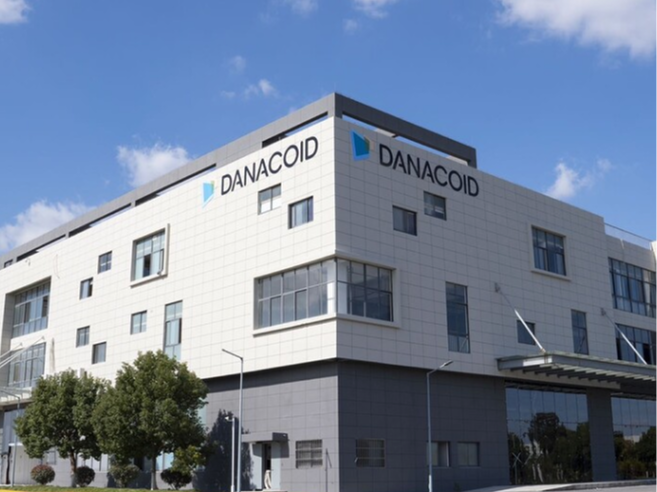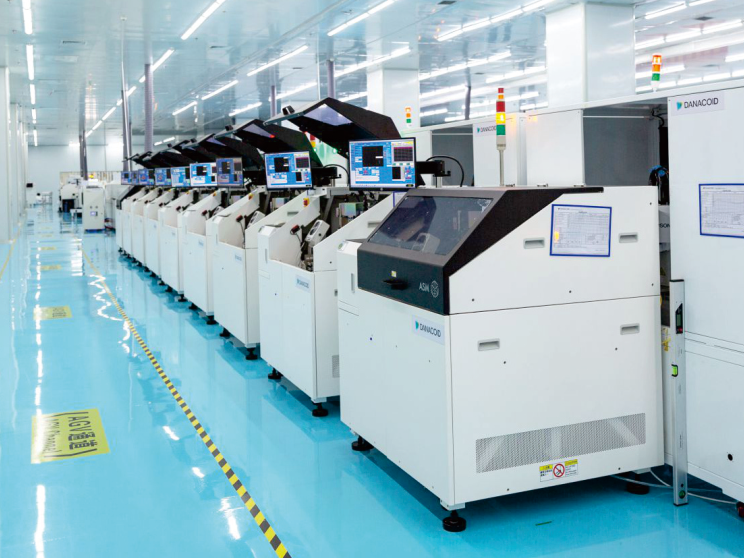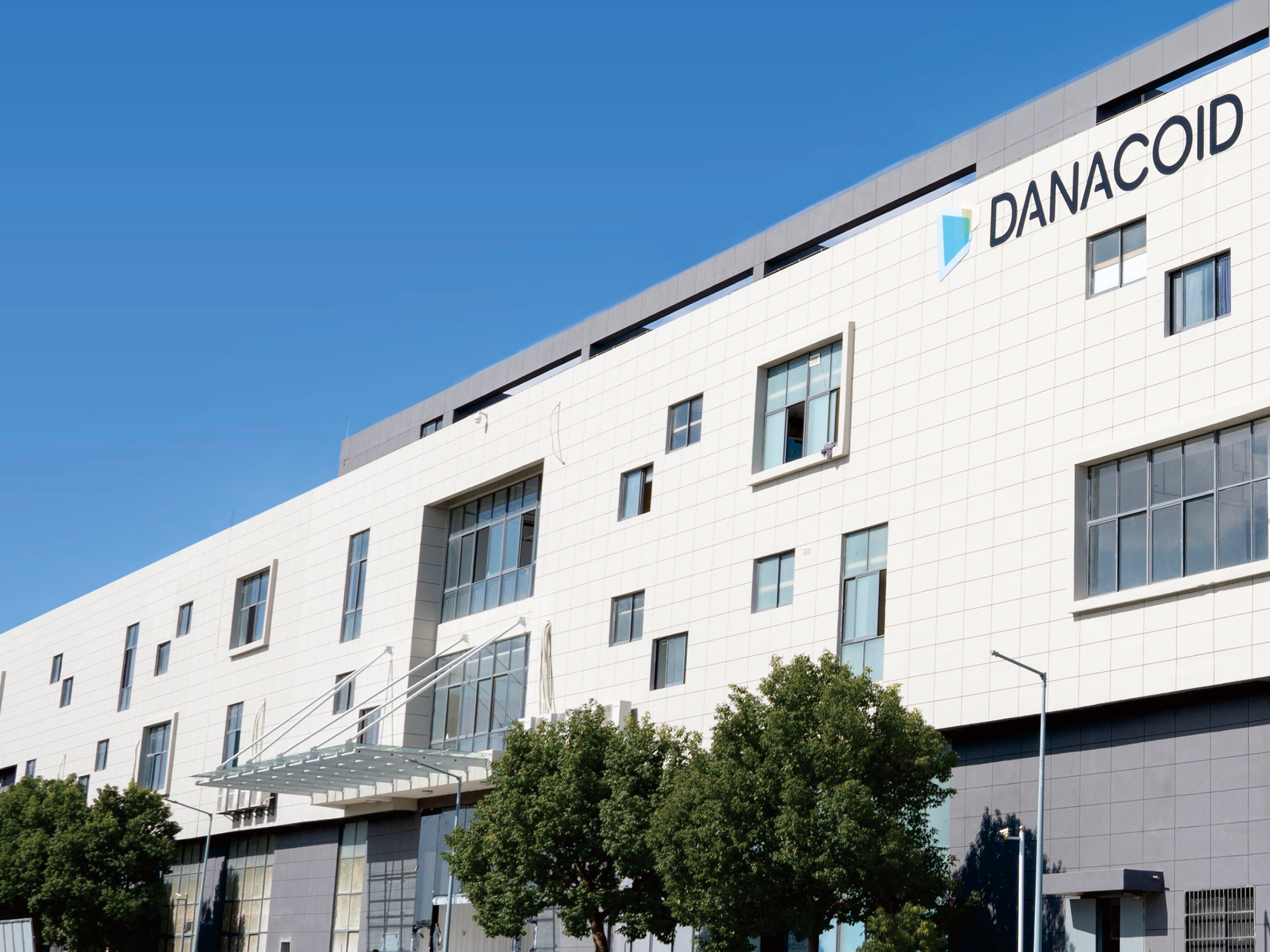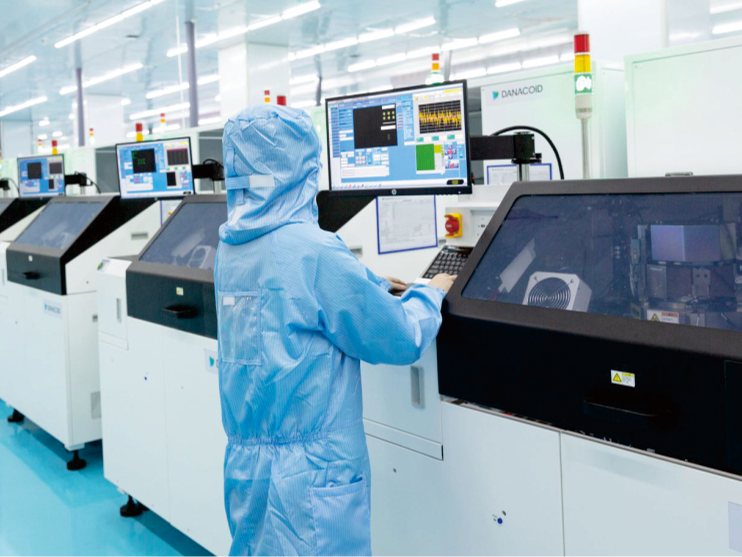You interact with sound every day, but have you ever wondered how it is processed? Digital audio processing converts sound into binary data, while analog audio uses continuous waveforms. These methods differ in how they capture and manipulate sound. Each offers unique benefits, shaping how you experience music, podcasts, and more.
Understanding Analog Audio Processing
Capturing Sound as Continuous Signals
Analog audio processing begins with capturing sound as continuous signals. When you speak or play an instrument, the sound creates vibrations in the air. These vibrations are transformed into electrical signals by a microphone. Unlike digital audio, which breaks sound into small pieces, analog keeps the signal smooth and uninterrupted. This continuous flow mirrors the natural sound waves you hear in real life.
This method captures the full range of sound frequencies. It preserves the natural warmth and depth of the original audio. Many audiophiles appreciate this quality because it feels more "alive" and authentic.
Challenges and Limitations of Analog
While analog audio has its strengths, it also comes with challenges. One major issue is signal degradation. Over time, tapes wear out, and vinyl records develop scratches. These imperfections can distort the sound.
Another limitation is the lack of flexibility. Editing analog audio is a manual process. You might need to physically cut and splice tape or adjust equipment settings by hand. This makes it harder to experiment or make precise changes.
Despite these challenges, analog audio remains a favorite for those who value its unique sound quality. Understanding its limitations helps you decide when it’s the right choice for your needs.
Exploring Digital Audio Processing
Sampling and Quantization
Digital audio processing begins with sampling and quantization. Sampling captures sound by taking snapshots of the audio signal at regular intervals. Each snapshot represents a specific point in time. The number of snapshots taken per second is called the sampling rate. A higher sampling rate captures more detail, resulting in better sound quality.
Quantization converts these snapshots into numerical values. Each value corresponds to the amplitude of the sound wave at that moment. This process transforms the continuous sound wave into discrete data that computers can understand.
How Digital Algorithms Work
Once sound is converted into data, digital algorithms process it. These algorithms are sets of instructions that manipulate the audio to achieve specific results. For example, they can remove background noise, adjust volume levels, or add effects like reverb.
You can think of algorithms as tools that shape the sound. They work quickly and precisely, allowing you to make changes that would be impossible with analog methods. This precision makes digital audio processing ideal for tasks like mixing music or editing podcasts.
Comparing Digital and Analog Audio Processing
Sound Quality and Fidelity
When it comes to sound quality, both digital and analog audio have unique strengths. Analog audio captures the full, continuous sound wave, which gives it a natural and warm tone. Many listeners describe this as "authentic" or "rich." However, analog recordings can pick up noise and imperfections from equipment, which may affect clarity.
Digital audio processing, on the other hand, offers precision. It eliminates unwanted noise and ensures consistent playback quality. You can enjoy crystal-clear sound without worrying about degradation over time. While some argue that digital lacks the "soul" of analog, it excels in delivering accurate and detailed audio.
Flexibility and Editing Capabilities
Editing is where digital audio processing truly shines. You can easily cut, copy, and rearrange audio files using software. Adding effects, adjusting pitch, or removing background noise takes just a few clicks. This flexibility makes digital ideal for music production, podcast editing, and sound design.
Analog editing, in contrast, is a hands-on process. You might need to splice tape or adjust physical equipment. This limits your ability to experiment or make precise changes. While some enjoy the tactile nature of analog editing, it requires more time and effort.
Storage, Portability, and Efficiency
Digital audio files are compact and easy to store. You can save thousands of songs on a single device without losing quality. Sharing files is also simple, whether through email or cloud storage. This efficiency makes digital audio processing a practical choice for modern lifestyles.
Analog formats like vinyl records and tapes take up more space. They are also fragile and prone to wear. Transporting them requires extra care. While analog enthusiasts appreciate the tangible nature of these formats, they lack the convenience of digital.
Digital and analog audio processing take different paths to handle sound. Digital methods give you precision and flexibility, while analog offers warmth and natural flow. Each has strengths and weaknesses. Your choice depends on your goals. By understanding these differences, you can select the best approach for your audio needs.









